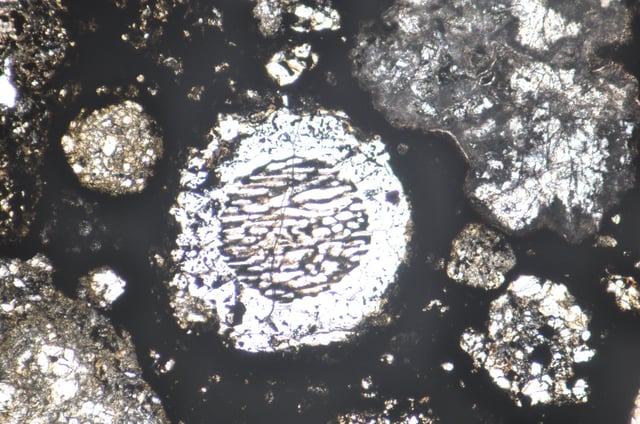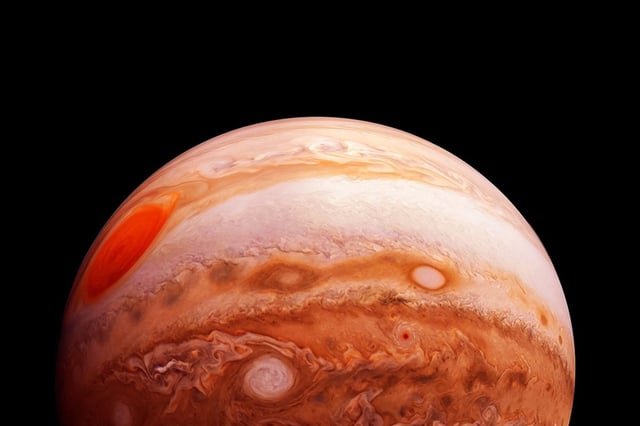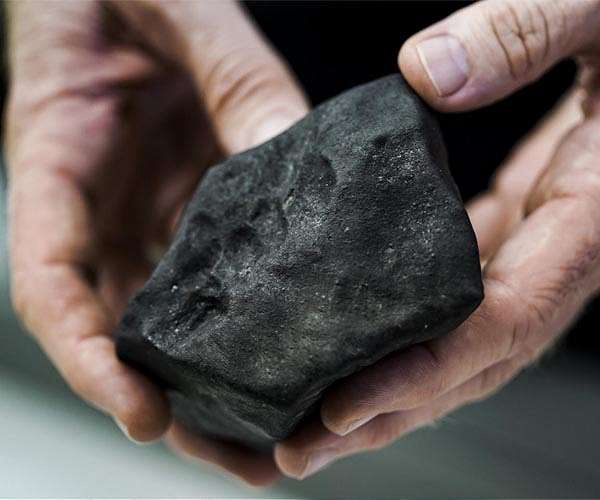Overview
- Researchers at Nagoya University and Italy’s INAF report the findings in Scientific Reports, integrating simulations with meteoritic evidence.
- The team concludes that steam explosions from water-rich planetesimal impacts fragmented molten silicate into 0.1–2 mm chondrules later locked into meteorites.
- The simulated chondrule sizes and cooling rates match laboratory measurements and peak production coincides with Jupiter’s rapid gas accretion.
- By aligning the modeled production peak with radiometric ages of chondrules, the study identifies the epoch of Jupiter’s rapid growth.
- The spread of chondrule ages suggests later episodes—likely tied to other giants such as Saturn—and points to a method for sequencing planet births in our system and beyond.


